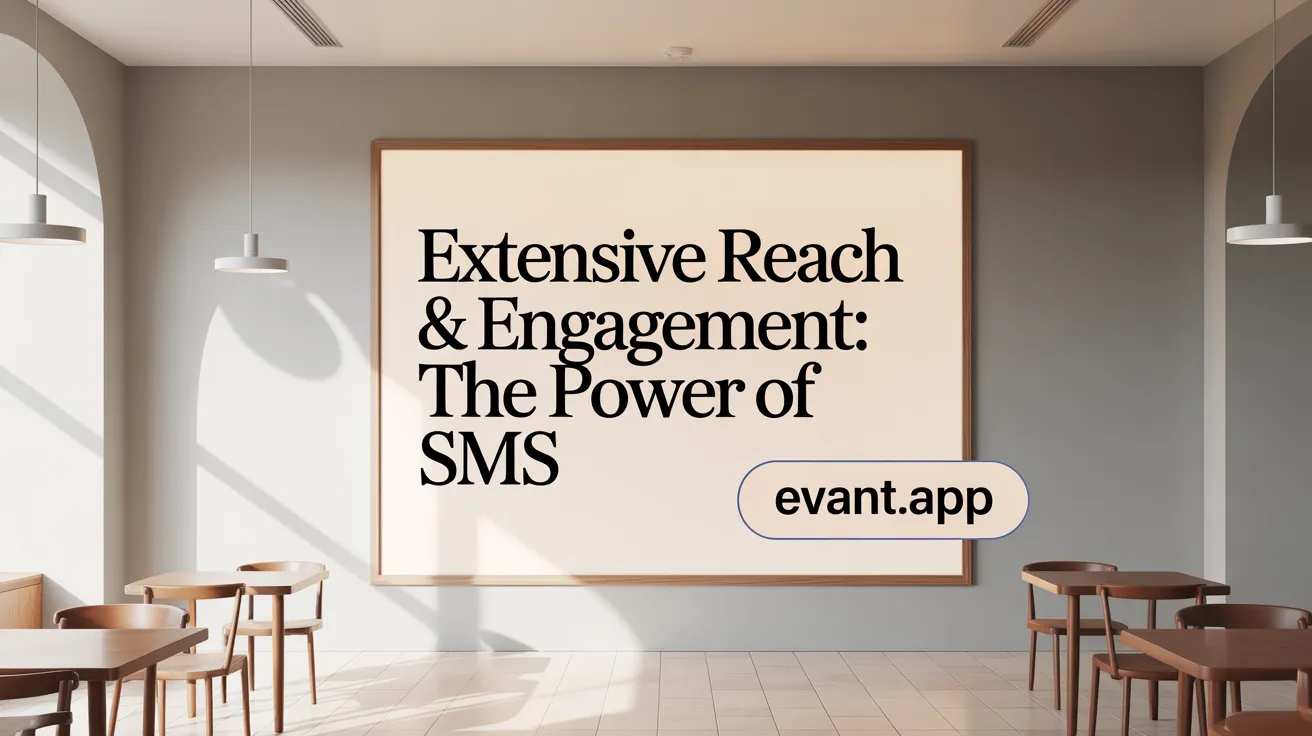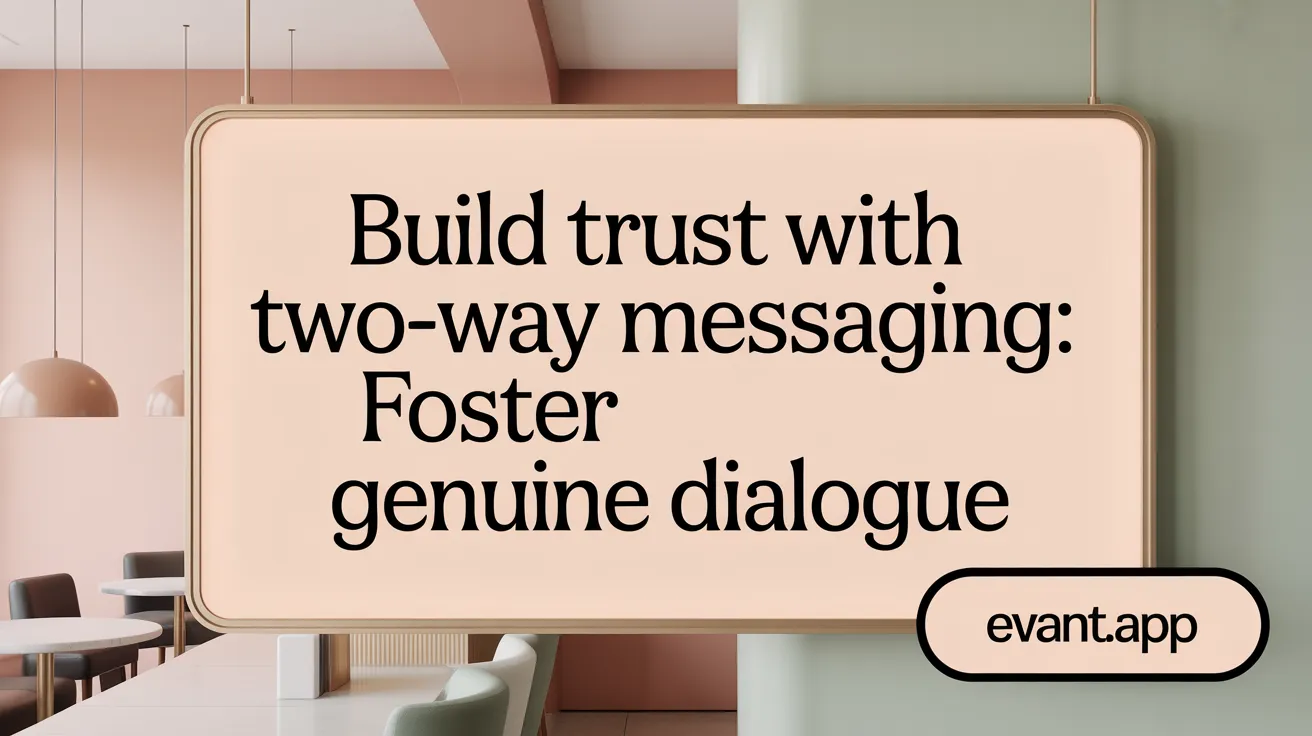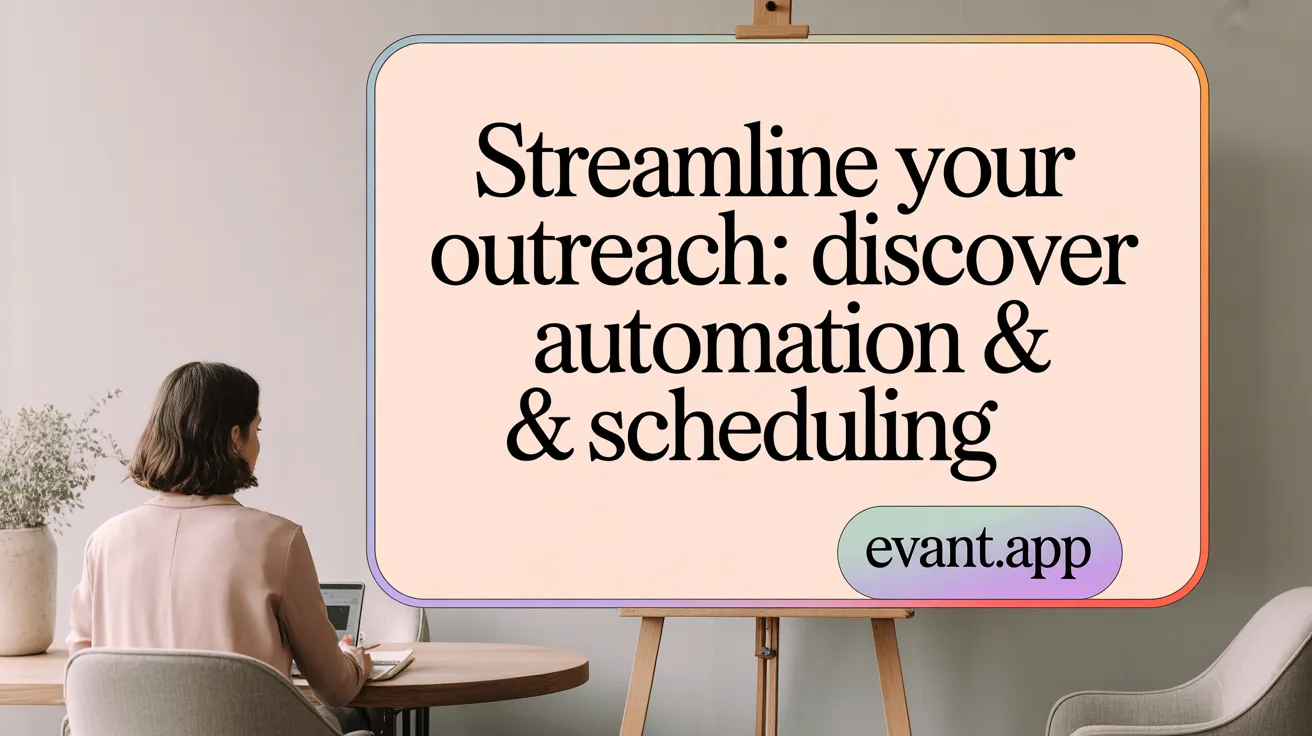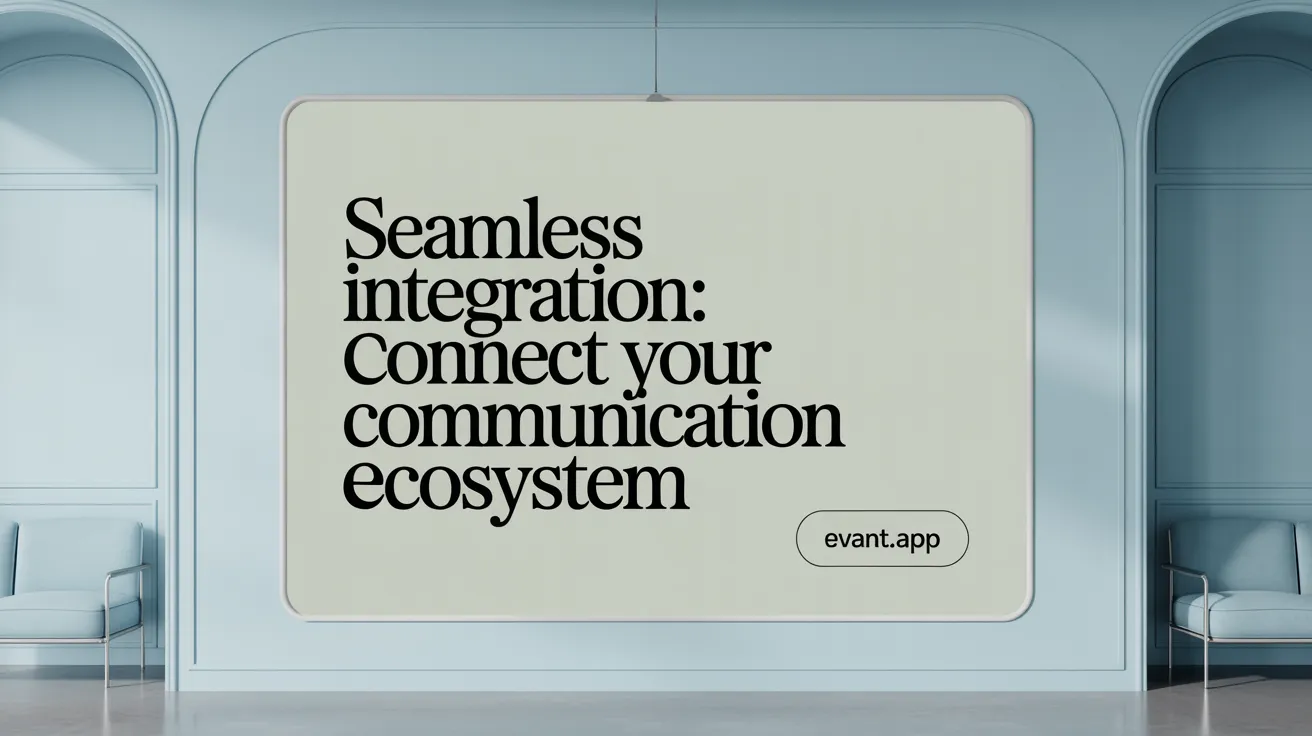Harnessing SMS Platforms to Strengthen Community Ties
SMS platforms have become indispensable tools for community organizers aiming to engage, mobilize, and grow their supporter networks effectively. With impressive open rates and instantaneous delivery, SMS communication offers unparalleled immediacy and reach. This article delves into the essential features community organizers must look for in SMS platforms to optimize communication, maintain trust, and amplify impact.
Unmatched Reach and Engagement Through SMS

Why SMS Stands Out in Open Rates and Speed
SMS boasts an exceptional open rate of 98%, with most messages read within minutes of receipt. This unparalleled immediacy allows organizations to communicate urgent updates effectively and ensures that recipients engage promptly. Learn more about SMS Read Rate.
Accessibility Across a Broad Demographic
SMS reaches a wide range of individuals, including those less active on social media or who may not have consistent internet access. Its compatibility with virtually all mobile phones makes it an inclusive channel for community communication. See details on Demographics for SMS Use.
Advantages Over Email and Social Media
Compared to email, SMS's open rates are nearly five times higher, cutting through crowded inboxes to gain attention quickly. Unlike social media platforms, SMS does not require app installations or algorithmic filtering, providing direct and personal contact. These factors make SMS a preferred choice for timely Event Promotion with SMS, Volunteer Coordination with SMS, and Community Communication via SMS in diverse community settings.
Two-Way Messaging: Building Dialogue and Trust

Why Is Conversational SMS Important?
Conversational SMS allows organizations to engage directly with their audience, making interactions feel personal and immediate. Unlike one-way broadcasts, two-way SMS communication invites recipients to respond, ask questions, and share feedback. This dynamic dialogue helps build trust and increases engagement, which is especially valuable for nonprofits and community groups aiming to deepen relationships. See more on SMS Read Rate.
What Features Support Two-Way Communication?
Two-way SMS platforms offer several key features:
- Automated Replies and Keyword Responses: Enables instant acknowledgment and relevant conversational flows without manual effort.
- Real-time Messaging and Notifications: Volunteers and supporters can reply and receive answers quickly, maintaining momentum.
- Audience Segmentation: Targeting specific groups improves the relevance of conversations. Learn more about Audience Segmentation.
- Message History and Management: Access to past messages supports ongoing dialogue and quality control.
- Integration with CRM and Analytics: Track replies and engagement to optimize communication strategies. Related platform functions are discussed in SMS marketing platform features.
How Does Two-Way SMS Foster Loyalty and Feedback?
Enabling supporters to reply creates a sense of involvement and community ownership. People feel heard when their input is acknowledged, strengthening loyalty and ongoing support. Two-way texting facilitates easy feedback collection through surveys or polls, and allows timely responses to concerns, boosting satisfaction. This ongoing dialogue also helps organizations quickly identify and address issues, enhancing overall campaign effectiveness. Discover additional insights on Text messaging for community engagement.
Audience Segmentation: Tailoring Communication for Impact
What is Audience Segmentation in SMS Communication?
Audience segmentation involves dividing your contact list into smaller, defined groups based on shared characteristics such as interests, demographics, and behavior patterns. This strategy ensures messages are relevant and personalized, increasing the likelihood of engagement. For more insights on Audience Segmentation and its role in SMS communication, see this resource.
How Can You Segment Contacts Effectively?
You can group contacts by several criteria:
- Interest: Volunteering, event attendance, donation history.
- Demographics: Age, location, gender.
- Behavioral Data: Engagement frequency, past responses, participation level.
Segmented messaging allows your campaigns to speak directly to a recipient’s motivations and preferences, making communications more meaningful. To learn about advanced SMS segmentation and targeting, refer to this guide.
Improving Response Rates with Targeted Messaging
Targeted SMS campaigns see significantly higher response rates than generic bulk messaging. By sending tailored content relevant to each segment:
- Recipients feel more valued and understood.
- Calls to action are clearer and more compelling.
- Engagement metrics such as click-throughs, replies, and conversions increase.
Explore best practices for increasing SMS engagement and tracking audience response in this detailed blog.
Automating Segmented Campaigns
Automation plays a crucial role in managing segmented messaging at scale. Modern SMS platforms support:
- Automated scheduling and follow-ups targeted by segment.
- Dynamic content insertion based on recipient data.
- Trigger-based messages activated by specific behaviors or dates.
This reduces manual workload while maintaining a personal touch, enabling nonprofits and community groups to maintain ongoing, relevant dialogues with their audiences. Check out the features of automation in SMS marketing platforms for more information.
Effective audience segmentation, combined with automation, transforms your SMS campaigns into powerful tools for building stronger community connections and achieving greater impact. For comprehensive advice on SMS for nonprofits and community groups, you can visit this resource.
Automation and Scheduling: Maximizing Efficiency and Consistency

Harnessing Automated Workflows and Drip Campaigns
Automation in SMS platforms empowers nonprofits to maintain continuous engagement without constant manual input. Automated workflows guide supporters through tailored messaging sequences based on their actions or specific triggers, enhancing relevance and interaction. Drip campaigns enable sending a series of scheduled messages that nurture relationships over time, ensuring a consistent outreach rhythm. Explore more about automation in SMS marketing.
Scheduling for Timely Event Reminders and Follow-Ups
Scheduling messages allows nonprofits to pre-plan communication, sending reminders ahead of events and follow-ups afterward. This feature guarantees timely delivery, increasing attendance rates and supporter satisfaction. Programming messages in advance helps organizations manage busy periods effectively, ensuring no critical updates are missed. Learn additional insights on scheduling capabilities in SMS platforms.
Balancing Efficiency with Personal Connection
While automation drives efficiency, successful platforms incorporate personalization tools such as dynamic fields and segmentation. These features help craft messages that feel individualized, preserving the personal touch necessary for authentic supporter relationships. The integration of two-way messaging alongside automation further enhances engagement by enabling real-time conversations when needed. For key functionalities like these, see 9 key functionalities to look for in your messaging engagement platform.
Through automation and scheduling, nonprofits can operate at scale with consistent, timely, and meaningful communication, maximizing resource use without sacrificing connection quality.
Compliance and Security: Protecting Privacy and Building Trust
What Are TCPA, HIPAA, and GDPR Compliance?
Compliance with regulations is essential in SMS communication, especially for community organizations handling sensitive data. TCPA (Telephone Consumer Protection Act) ensures that recipients provide explicit consent before receiving marketing messages. HIPAA (Health Insurance Portability and Accountability Act) applies when SMS involves protected health information, requiring strict privacy safeguards. GDPR (General Data Protection Regulation) governs data protection within the European Union, emphasizing consent and transparent data use.
How Do Encryption and Secure Access Controls Protect User Data?
Effective SMS platforms use encryption both in transit and at rest to safeguard message content from interception and hacking. SSL (Secure Socket Layer) protocols protect data during transmission. Secure access controls such as two-factor authentication (2FA), SAML single sign-on (SSO), and role-based access control limit unauthorized entry and protect personal identifiable information (PII). These controls prevent data breaches and maintain user trust.
Why Is Opt-In/Opt-Out Management and Audit Trails Important?
Managing opt-ins and opt-outs appropriately is vital for legal compliance and audience respect. SMS platforms employ automated systems for subscribers to easily join or leave lists, ensuring consent is current. Audit trails log all consent activities and message deliveries, supporting transparency and enabling organizations to demonstrate compliance during audits. This also helps maintain communication integrity and builds long-term supporter trust.
Integration Capabilities: Streamlining Communication Ecosystems

CRM integrations for contact management
Integrating SMS platforms with CRM systems is crucial for efficient contact management. This connectivity allows organizations to synchronize supporter data, automate the updating of contact records, and personalize messages based on detailed donor or volunteer profiles. Platforms like EZ Texting CRM integrations and TrueDialog SMS Platform offer native integrations with popular CRMs such as Salesforce and Bloomerang, simplifying communication workflows and ensuring data consistency.
Integration with fundraising and event platforms
Seamless integration with fundraising and event management tools enables nonprofits to streamline donor outreach and event promotion. For example, Funraise connects text-to-give campaigns directly with mobile donation forms and fundraising workflows, boosting conversion rates and engagement. Similarly, SMS platforms that support event reminders, RSVP tracking, and automated follow-ups help coordinate event communications efficiently.
Benefits of seamless connectivity across tools
When all communication tools interconnect, organizations benefit from a unified view of supporter engagement. This leads to better segmentation, personalized messaging, and timely responses. Automation becomes more powerful, reducing manual workload and improving accuracy. Ultimately, seamless integration fosters stronger relationships, enhances campaign performance, and optimizes operational efficiency across nonprofit, church, and community group activities.
Real-Time Analytics and Reporting: Measuring Success and Informing Strategy

Tracking open rates, replies, and conversions
SMS marketing platforms provide vital metrics such as open rates, reply rates, and conversion rates. With SMS boasting open rates around 98%, nonprofit organizations can quickly assess how many recipients see their messages. Reply tracking facilitates understanding supporter engagement, while conversion tracking shows the effectiveness of campaigns in driving actions like donations or event RSVPs.
Using data to refine messaging and segmentation
Analyzing these metrics allows nonprofits to tailor messaging and segment audiences more effectively. By observing which groups respond best, organizations can customize content based on interests, demographics, or activity levels. Insights from data help optimize timing, message content, and targeting, improving overall engagement and campaign success.
Dashboard and API access for comprehensive insights
Most advanced SMS platforms feature user-friendly dashboards offering real-time reporting and analytics. These dashboards visually present key performance indicators, enabling quick interpretation of campaign progress. Additionally, API access allows seamless integration with existing CRM or marketing tools, ensuring comprehensive data management and automation capabilities.
Leveraging real-time analytics empowers nonprofits to make informed decisions, enhance communication strategies, and build stronger relationships with their communities through timely and relevant SMS outreach.
Mass Texting and Scalability: Engaging Large Communities Effectively
How do bulk messaging capabilities enhance community engagement?
Bulk messaging enables organizations to send thousands of SMS simultaneously, ensuring rapid and widespread communication. This is particularly effective for time-sensitive campaigns like event reminders or urgent alerts. Platforms like EZ Texting and HubEngage excel in bulk messaging, supporting high deliverability and compliance with regulations such as TCPA.
How can large contact lists be managed without sacrificing personalization?
Effective SMS platforms offer advanced audience segmentation to target groups based on interests, age, or activity level. Personalization features allow inserting dynamic fields, such as names or past interactions, into messages. Automation supports sending tailored messages at scale through workflows and drip campaigns. This approach balances mass outreach with individualized content to enhance engagement.
What infrastructure supports scaling SMS campaigns efficiently?
Robust SMS platforms maintain enterprise-grade routing, regional message optimization, and compliance management. Features like multi-channel integration (SMS, WhatsApp, Viber) and APIs facilitate seamless scaling. Additionally, automation and analytics tools monitor performance in real time, allowing quick adjustments. Security elements like role-based access and data encryption ensure safe large-scale communication.
Utilizing scalable SMS solutions helps community organizers maintain personal connections while managing large-scale outreach efficiently and securely.
Customization and Personalization: Making Messages Feel Human
Use of Templates with Dynamic Fields
Templates equipped with dynamic fields allow organizations to send personalized SMS messages at scale without losing the personal touch. Instead of crafting unique messages for each recipient, dynamic fields automatically insert individual details—like a recipient's first name or specific event information—into pre-written message structures. This approach boosts efficiency while maintaining relevance and engagement. For more on Key functionalities for SMS platforms and automation features like scheduling and drip campaigns.
Personalizing Messages Using Recipient Data
By leveraging recipient data such as interests, past interactions, age, or volunteer activity, nonprofits can segment their audience and send targeted messages. This type of personalization improves message relevance and response rates. Using zero- and first-party data collected through opt-ins, polls, or prior communications further enriches personalization, allowing messages to feel genuinely tailored to supporters' preferences and behaviors. Learn more about SMS segmentation and targeting and Audience Segmentation in SMS.
Maintaining Authentic, Human-Centric Communication
While personalization is important, the tone of the message must remain authentic and human. Effective SMS communication focuses on connection rather than pure promotion, fostering trust and encouraging genuine dialogue. Two-way SMS capabilities enable recipients to respond, ask questions, or provide feedback, further enhancing the feeling of a meaningful interaction rather than an automated broadcast. Keeping messages concise, respectful, and timely supports an organic and engaging communication style. See insights on Two-way communication in messaging and Text messaging for community engagement.
Volunteer and Event Coordination Features
Using SMS for volunteer recruitment and scheduling
SMS is an exceptional tool for recruiting and scheduling volunteers due to its instant and direct reach. With a 98% SMS Read Rate within minutes, text messaging ensures that recruitment campaigns grab attention quickly. Platforms equipped with mass texting, Audience Segmentation, and Two-Way SMS Communication features allow nonprofits and community groups to send targeted invites and manage volunteer responses efficiently.
Sending reminders and follow-ups for events
Event promotion via SMS typically includes sending 'Save the Date' messages, timely reminders, and personalized thank-you follow-ups. These messages maintain engagement and boost attendance by keeping volunteers and participants informed and motivated. Automation features enable scheduled reminders and customized follow-up texts, reducing manual effort and improving communication reliability.
Integration with volunteer management tools
Modern SMS platforms often integrate smoothly with volunteer management systems and CRMs. This integration enables seamless syncing of contact lists, scheduling data, and engagement metrics, facilitating coordinated outreach. Platforms like SuperPhone SMS Platform and EZ Texting are noted for their scalable and easy-to-use interfaces that support comprehensive volunteer coordination along with reporting and compliance features.
These SMS capabilities collectively enhance operational efficiency for nonprofits and community organizations, providing fast, personalized, and scalable communication tailored to volunteer engagement and event success.
User-Friendly Interfaces and Support: Empowering Organizers and Volunteers
Simple, intuitive platform design
Effective SMS platforms prioritize ease of use with a clean, straightforward interface. This allows organizers and volunteers to manage communication campaigns quickly, reducing the learning curve. Features like drag-and-drop message builders, pre-built templates, and clear navigation enable both beginners and experienced users to create, send, and track messages without frustration.
Multi-channel support and onboarding resources
Good SMS platforms offer multi-channel access, including web and mobile apps, facilitating flexible communication anywhere and anytime. Comprehensive onboarding materials such as webinars, tutorials, and step-by-step guides help users master the platform efficiently. Some platforms also provide integrated features for email, social media, and CRM to streamline outreach efforts (Bulk SMS platforms).
Importance of accessible customer service and training
Accessible customer support, through channels like live chat, phone, and email, is critical to address user questions and technical issues promptly. Training sessions, documentation, and FAQs contribute to building user confidence and success. These resources empower volunteers and community organizers to run campaigns effectively and sustain engagement without costly delays or interruptions (Relational Organizing with CallHub).
Building Stronger Communities with the Right SMS Platform
The effectiveness of SMS communication in community organizing hinges upon selecting a platform equipped with essential features—comprehensive two-way messaging, robust compliance protocols, intelligent automation, deep integration, and real-time analytics. Coupled with scalability, personalization, and user-friendly design, these tools empower organizers to engage meaningfully, coordinate efficiently, and build lasting relationships. By leveraging the right SMS platform, community organizers can amplify their impact, deepen trust, and foster vibrant, connected communities.
Related Blogs


RSVP Tools: Best Options, Google RSVP Limitations & Why Text Wins
Michael PedoeemExplore the best RSVP tools, Google RSVP’s limitations, and why text RSVP is the most efficient for event planning with instant confirmations and reminders.


My School SMS: Bridging the Gap between Schools, Parents, and Students
Michael PedoeemMy School SMS - What's it all about


Ready to transform your community









